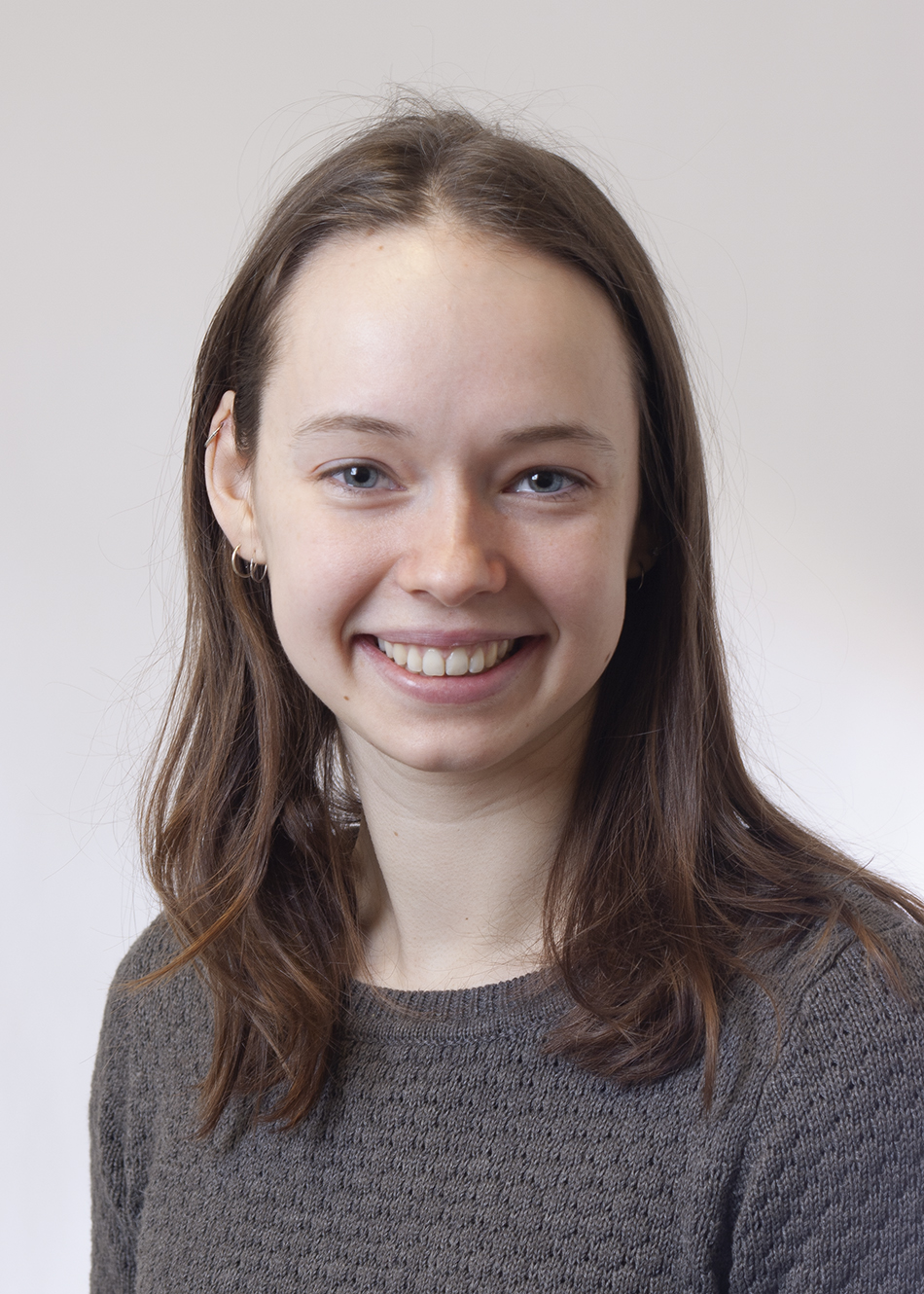Nyt stof kan være nøglen til at forhindre tilbagefald af kokainafhængighed
Forskere har udviklet et nyt stof, der kan behandle kokainafhængighed mere sikkert og effektivt end de behandlinger, der er tilgængelige for opioidafhængighed.


Ifølge Dansk Misbrugsbehandling er antallet af unge danskere, der bruger kokain, fordoblet i løbet af de seneste fem år.
Cocaine is a highly addictive drug that increases dopamine signaling in the brain—a chemical messenger associated with pleasure and happiness. This increased signaling leads to an intense feeling of euphoria, but as the effect wears off, there is a strong urge to experience another high, increasing the risk of addiction. When people stop using cocaine, many experience severe withdrawal symptoms, making it even harder to quit.
Currently, there is no effective medical treatment for cocaine addiction that works in the same way as treatments for other addictive substances, such as opioids. One reason for this is that cocaine blocks the dopamine transporter (DAT), which normally removes dopamine from the brain’s signaling pathways, causing dopamine to accumulate.
However, researchers at Drexel University in Philadelphia have now developed a compound that could be a game-changer—currently referred to as AC-4-248.
In collaboration with researchers from the Department of Molecular Biology and Genetics and DANDRITE at Aarhus University, as well as the Department of Drug Design and Pharmacology at the University of Copenhagen (UCPH), studies have been conducted to examine how this compound binds to DAT. This research aims to better understand its mechanism of action and its potential to develop more clinically relevant drugs. Clara Nautrup, PhD student in the Poul Nissen Lab and first author of the study, explains:
“AC-4-248 appears to prevent cocaine from completely blocking DAT. What’s interesting about this compound is that it binds to the same region of the dopamine transporter as cocaine, but unlike cocaine, it allows for milder inhibition of DAT. This means it causes a weaker overstimulation than cocaine because it allows more dopamine to be removed, which could be advantageous in treating cocaine addiction.”
This makes AC-4-248 different from other addiction treatments, such as methadone, which is used to treat opioid addiction. Methadone works by binding to opioid receptors in the brain, reducing withdrawal symptoms and cravings. By contrast, AC-4-248 binds to the dopamine transporter in a way that allows for a gentler blockade of dopamine reuptake compared to cocaine.
This distinct mechanism of action offers important potential benefits in the treatment of cocaine addiction, as Clara explains:
“By allowing a milder blockade of the dopamine transporter, AC-4-248 prevents large buildups of dopamine, reducing both withdrawal symptoms and cravings. This milder blockade may also lower the risk of abuse of the treatment itself, as the potential for overstimulation is reduced. As a result, the treatment would be less risky and more controlled.”
Clara emphasizes that the researchers are still in the early stages of developing an actual treatment product. However, this new understanding of how AC-4-248 exerts its effect on DAT offers a valuable foundation for developing compounds that could ultimately lead to effective treatment options.
She hopes that this discovery will pave the way for further research into the development of more gentle treatments for substance abuse and addiction.
SUPPLERENDE OPLYSNINGER
Vi bestræber os på, at alle vores artikler lever op til Danske Universiteters principper for god forskningskommunikation. På den baggrund er artiklen suppleret med følgende oplysninger:
Studietype:
Forskningsartikel
Ekstern finansiering:
The work was supported by a Distinguished Investigator grant from the Novo Nordisk Foundation (NNF19OC0054875) and a Lundbeck Foundation Professorship grant (R310-2018-3713) to P.N. The EMBION Danish National cryo-EM facility is supported through a research infrastructure grant to P.N. from the Danish Ministry for Research and Higher Education (5072-00025B). This project has received funding from the National Institutes of Health (NIH) to O.V.M. (MH121453 and MH106912). A.S. was supported by a Lundbeck Foundation Fellows grant (R368-2021-522). L.M.D. and B.S. were supported by an infrastructure grant from Novo Nordisk Foundation (NNF18OC0032608) and the work was supported by Aarhus University Research Foundation (AUFF-E-2022-9-24). J.M.S. is supported by National Institutes of Health (NIH) funding R01 DA051205-03, S10OD030245-01, and P30 CA010815-53.
Interessekonflikt:
Ingen
Den videnskabelige artikel:
Cryo-EM structure of the dopamine transporter with a novel atypical non-competitive inhibitor bound to the orthosteric site
Clara Nautrup Pedersen, Fuyu Yang, Samantha Ita, Yibin Xu, Ravikumar Akunuri, Sofia Trampari, Caroline Marie Teresa Neumann, Lasse Messell Desdorf, Birgit Schiøtt, Joseph M. Salvino, Ole Valente Mortensen, Poul Nissen, Azadeh Shahsavar
Read the scientific article in the Journal of Neurochemistry.
https://doi.org/10.1111/jnc.16179
Mere information
Poul Nissen
Institut for Molekylærbiologi og Genetik
Aarhus Universitet
pn@mbg.au.dk
